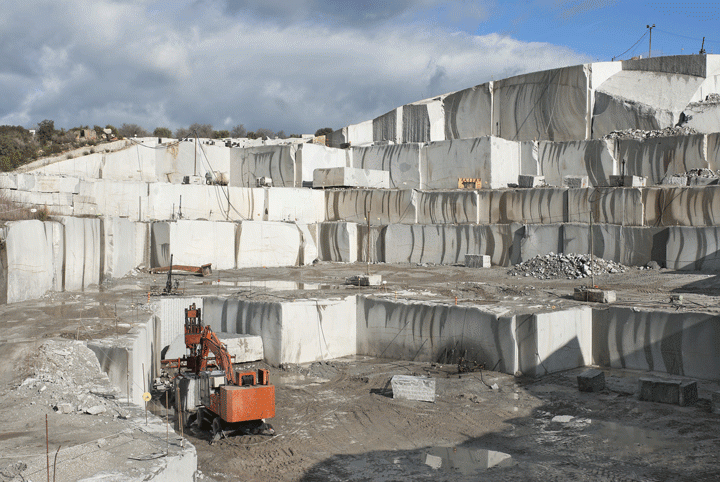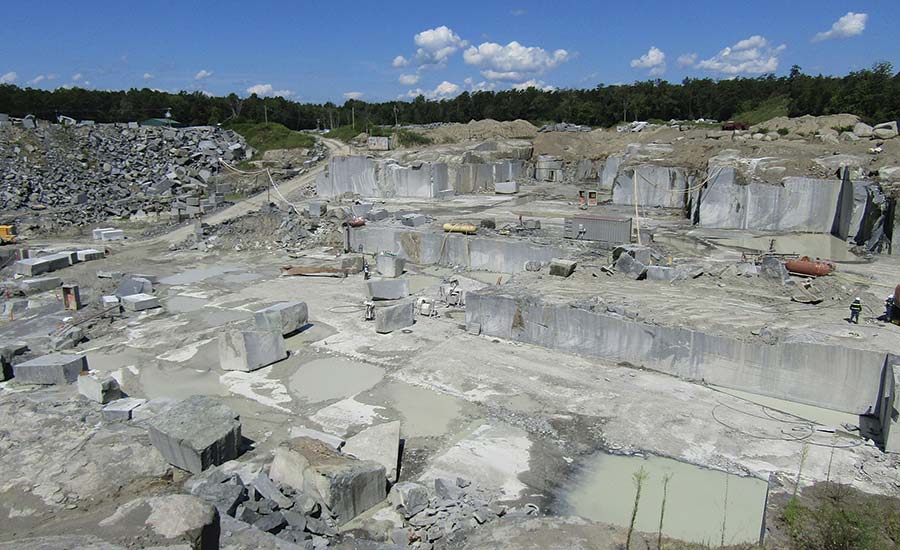The Concealed Treasures: Exploring Granite Quarries in South Africa
The Concealed Treasures: Exploring Granite Quarries in South Africa
Blog Article
Unearthing the Rich Background and Sustainable Practices of Granite Quarrying
As we depend on the precipice of uncovering the elaborate tapestry of granite quarrying, a trip through time exposes not simply the physical act of drawing out rock but likewise the social and historical relevance woven right into the extremely fabric of this technique. From the old origins that laid the foundation for modern-day quarrying techniques to the sustainable practices that are forming the future of this sector, each chisel mark on granite surface areas informs a story waiting to be discovered (granite quarries in south africa). The heritage of granite quarrying extends far beyond simple removal; it is a testimony to human ingenuity, durability, and the long-lasting attraction of this marvelous rock
Ancient Origins of Granite Quarrying
Dating back to old worlds, the method of quarrying granite has actually been an essential component of human background and building development. The earliest evidence of granite quarrying go back to ancient Egypt, where large pyramids and intricate sculptures were crafted from this resilient rock. The Egyptians made use of primitive tools to draw out granite blocks from quarries, showcasing the value of this material in their monumental building and constructions.
Moving on in background, the Greeks additionally made significant contributions to the quarrying of granite. The Greeks made use of granite in different building marvels, such as holy places and statuaries, showing their skill in shaping and carving this durable stone. The Romans additionally refined the methods of quarrying granite, using innovative tools like blades and hammers to remove and shape granite for their legendary structures.
With the centuries, the technique of quarrying granite has actually progressed, with modern-day technologies enhancing efficiency while preserving the classic charm of this natural stone - granite quarries in south africa. From old civilizations to modern contractors, the tradition of granite quarrying remains to shape our world
Advancement of Quarrying Methods
The evolution of quarrying methods has been noted by a continual progression towards higher performance and precision in drawing out granite. Early quarrying methods included manual labor with basic devices such as knives, hammers, and wedges to remove granite blocks from the planet.
In even more current times, the introduction of machinery changed the quarrying market, allowing quicker extraction prices and boosted productivity. Technologies such as ruby cord saws, high-pressure water jets, and pneumatic drills have actually come to be common in modern quarries, permitting specific cutting and reduced waste. Additionally, innovations in computer-controlled equipment and 3D modeling have actually maximized quarrying procedures, resulting in very little ecological influence and boosted sustainability practices. As the demand for granite remains to increase, the evolution of quarrying techniques remains integral to meeting market requires efficiently and sustainably.
Cultural Relevance of Granite
Granite holds an extensive cultural importance across numerous human beings as a result of its long-lasting existence in architectural masterpieces and admired monuments. From the marvelous pyramids of Egypt to the complex carvings of the Angkor Wat temple in Cambodia, granite has been a product of selection for sharing majesty and long life in social heritage. In old Rome, granite columns adorned holy places and public structures, symbolizing strength and permanence. The cultural importance of granite prolongs beyond its physical qualities; it embodies resilience, stability, and timelessness, making it a sign of sustaining heritages and practices.

Lasting Practices in Quarrying
In the middle of the abundant history of granite quarrying and its social significance exists a growing emphasis on lasting techniques within the market. As environmental awareness and problems regarding resource depletion have internet actually increased internationally, the quarrying industry has increasingly welcomed lasting techniques to reduce its effect on the environment and bordering communities.

Furthermore, reclamation and rehabilitation of quarry sites post-extraction are integral to sustainable methods. By bring back quarried locations to a natural or helpful state, such as producing wild animals habitats or leisure areas, quarriers can offset the environmental footprint of their operations and add favorably to the neighborhood community.
Tradition of Granite Quarrying
With a historical backdrop steeped in craftsmanship and industrial progression, what sustaining influence has granite quarrying left on the landscape of contemporary culture? The heritage of granite quarrying transcends mere extraction methods; it has actually shaped architectural wonders, urban landscapes, and cultural heritage worldwide. The durable nature of granite has made it a favored choice for monuments, buildings, and infrastructure, standing as a testament to the skill and creativity of quarry workers across generations.
In addition, the financial impact of granite quarrying can not be neglected. The industry proceeds to give job opportunity and drive regional economies in areas where granite extraction prevails. It has actually likewise spurred technical developments in quarrying techniques and tools, resulting in extra effective and sustainable methods.
In regards to sustainability, the heritage of granite quarrying includes efforts to minimize environmental effects with recovery projects and accountable source monitoring. By balancing economic rate of interests with click for info ecological stewardship, the market strives to guarantee that future generations can remain to gain from this long-lasting natural source.
Verdict

Report this page